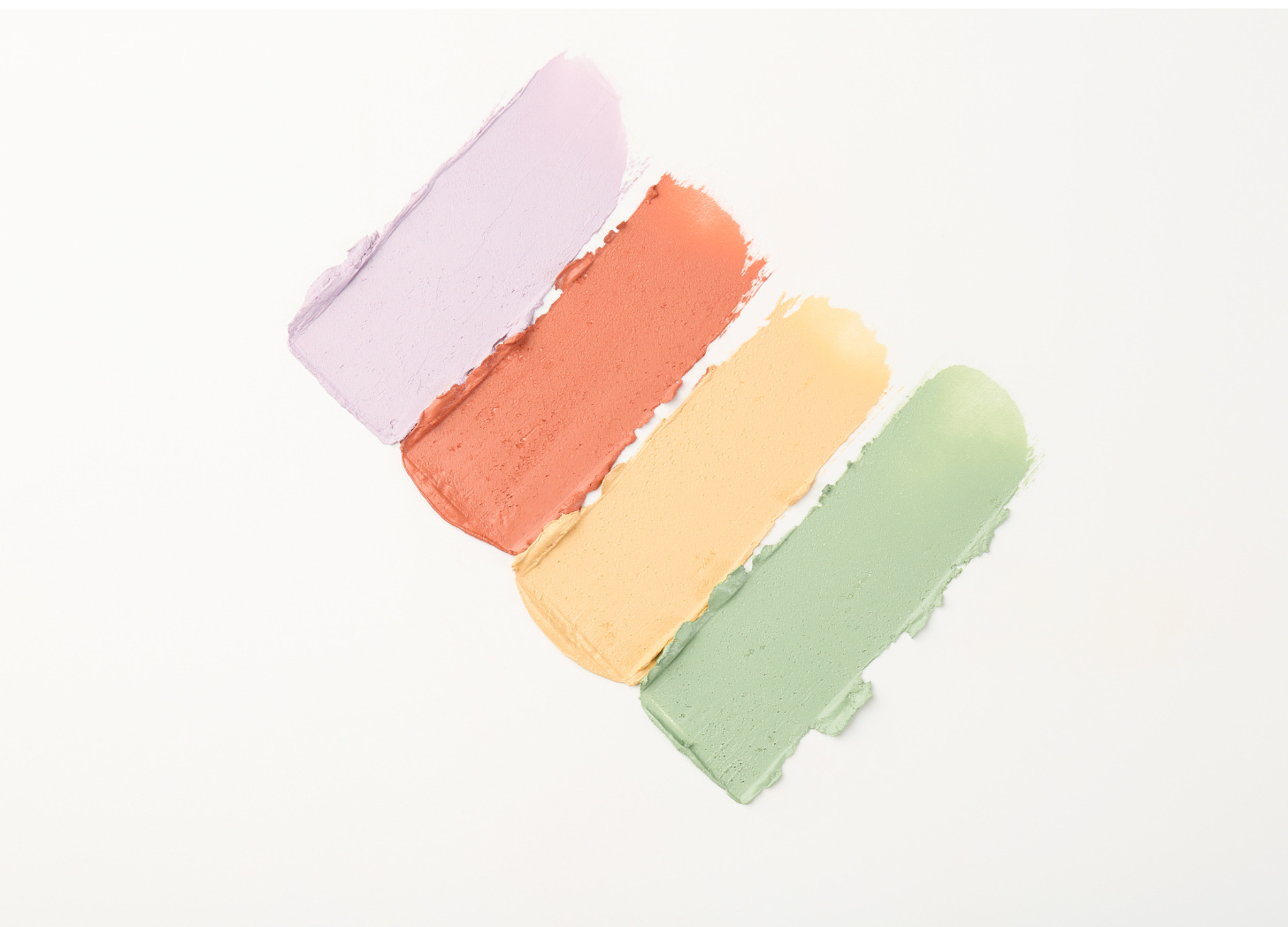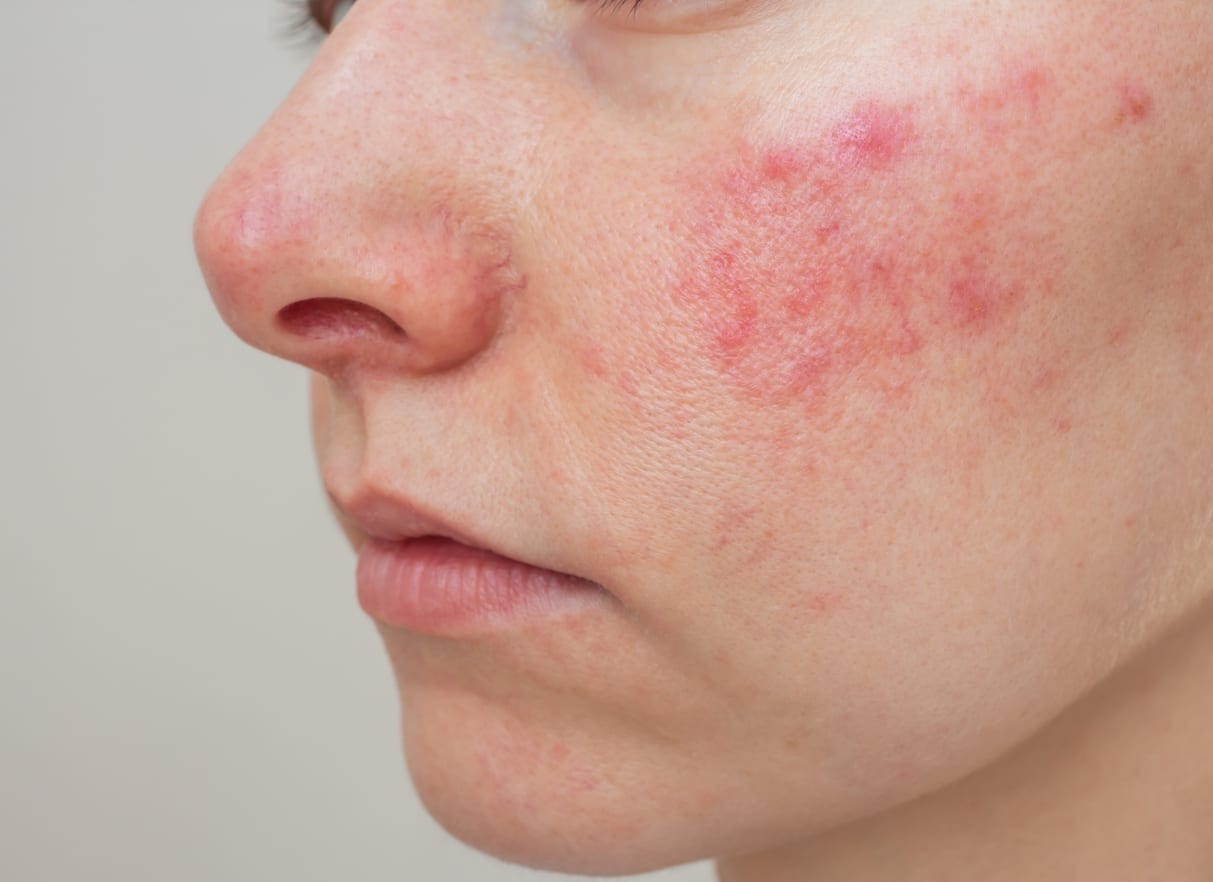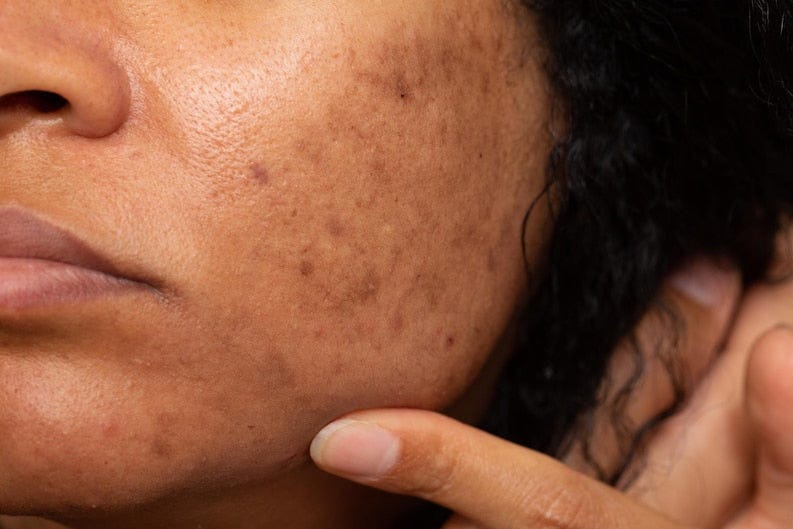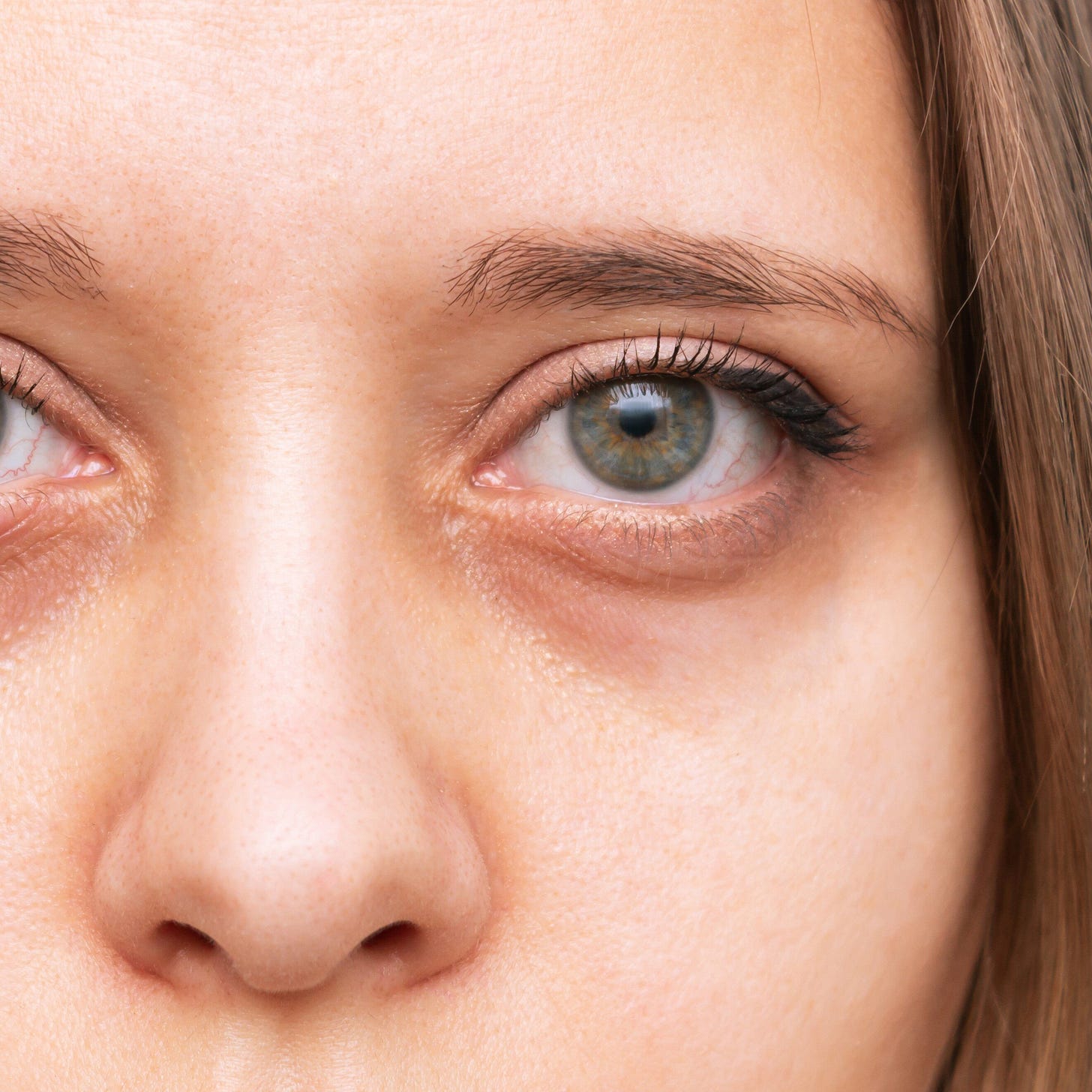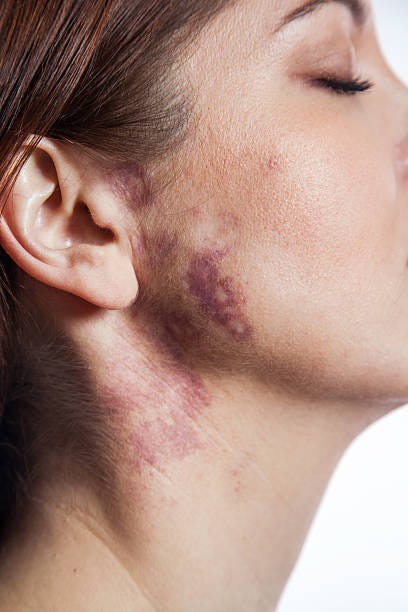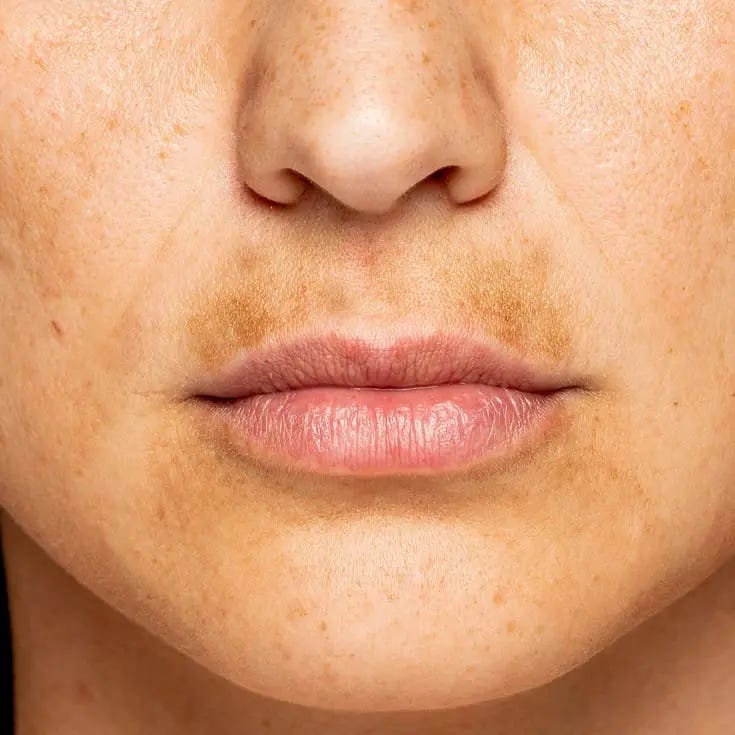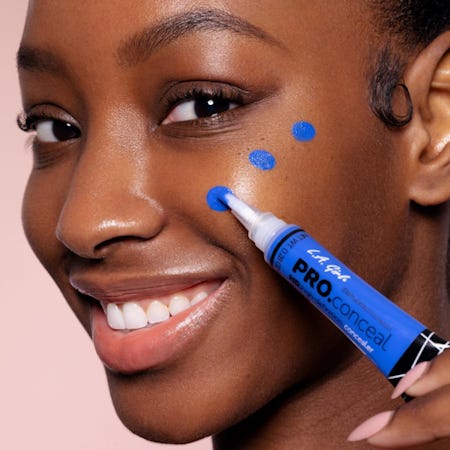What is Color Corrector?
A color corrector is a makeup product designed to neutralize specific skin discolorations before applying foundation or concealer. Unlike concealer, which covers imperfections, color corrector works by using opposite colors on the color wheel to cancel out unwanted tones in your skin.
Think of it as a pre-step to your base makeup routine – like priming your walls before painting them. The goal isn't to match your skin tone, but to create a neutral canvas that makes your foundation work more effectively.
The Science Behind Color Correction
Color correction is based on color theory, specifically the concept of complementary colors. When you place opposite colors next to each other on the color wheel, they neutralize each other. Here's how it works:
Red cancels Green (and vice versa)
Orange cancels Blue (and vice versa)
Yellow cancels Purple (and vice versa)
By applying the opposite color to a discoloration, you essentially "cancel out" the unwanted tone, creating a more neutral base for your makeup.
Types of Color Correctors and What They Do
Green Corrector
What it corrects: Redness, including acne, rosacea, broken capillaries, and general facial redness.
Best for: People with fair to medium skin tones who struggle with red areas.
How it works: Green neutralizes red tones by sitting opposite on the color wheel
Peach/Orange Corrector
What it corrects: Dark circles, especially on medium to deep skin tones; brown spots and age spots.
Best for: Medium to deep skin tones with blue or purple-toned dark circles.
How it works: Warm tones counteract cool blue and purple shadows
Pink/Salmon Corrector
What it corrects: Dark circles on fair skin; dullness and sallowness.
Best for: Fair to light skin tones with blue or purple under-eye circles.
How it works: Adds warmth to counteract cool undertones
Yellow Corrector
What it corrects: Purple bruises, mild dark circles, and some redness.
Best for: Various skin tones, particularly useful for bruising.
How it works: Yellow sits opposite purple on the color wheel
Purple/Lavender Corrector
What it corrects: Yellow tones, sallowness, and dullness.
Best for: People who want to brighten their complexion or have yellow-toned discoloration.
How it works: Cool purple tones counteract warm yellow areas
Blue Corrector
What it corrects: Orange-toned spots and some types of hyperpigmentation.
Best for: Specific color correction needs, less commonly used alone.
How it works: Blue neutralizes orange tones or orange-toned foundation.
Color Corrector vs. Concealer:
What's the Difference?
Many beginners confuse a color corrector with a concealer, but they serve different purposes:
Color Corrector:
Neutralizes unwanted color tones
Applied before the foundation
Doesn't match your skin tone
Creates a neutral base
Uses color theory to cancel out discoloration
Concealer:
Covers and hides imperfections
Applied after the foundation
Matches or is slightly lighter than your skin tone
Provides coverage and camouflage
Works by matching your natural skin color
The key difference: Color corrector changes the color of the discoloration, while concealer covers it up. Using both together often gives the best results with less product needed overall.
How to Apply Color Corrector
Start with clean, moisturized skin
Apply primer if you use one
Use a small amount – color correctors are pigmented, and a little goes a long way
Apply only to discolored areas – don't spread it all over your face
Blend the edges gently with a brush, sponge, or clean fingers
Apply foundation over the top as you normally would
Finish with concealer if needed for additional coverage
Choosing the Right Formula
Color correctors come in different formulations:
Cream: Best for dry skin, provides good coverage
Liquid: Lighter coverage, good for oily skin
Stick: Precise application, travel-friendly
Palette: Multiple colors in one compact, good for makeup artists or multiple concerns
The Bottom Line
A color corrector is a specialized tool that can significantly improve your makeup routine if you have specific color-based skin concerns. While it's not essential for everyone, it can be a game-changer for people who struggle with redness, dark circles, or other discolorations that show through their regular makeup routine.
When used correctly, a color corrector can help you achieve a more flawless, natural-looking complexion with less overall product.



